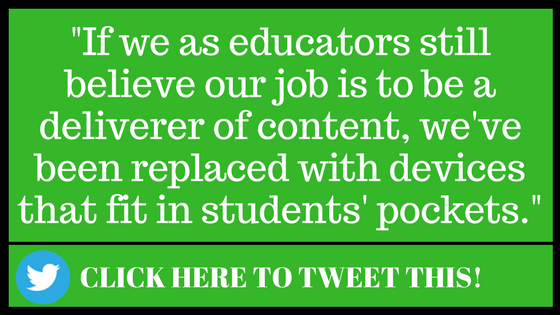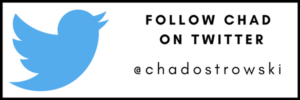Universal design for learning, or UDL, is a common phrase that I’m sure you’ve been hearing tossed around at professional development workshops, team meetings, or just in general educational forums.
Universally designing your classroom essentially means that you design your curriculum and delivery of that curriculum to meet the needs of all learners in your class. This means you should consider any and all disabilities, learning needs, reading levels, and student interests. While it’s a “newer” concept, it’s one that I don’t see going away anytime soon.
The easiest way to describe the principles of UDL is that you focus on the WHAT, HOW and WHY of student learning in your classroom.
- WHAT – How will you modify “what” the students are interacting with, viewing, or experiencing during the learning process? (Content / Delivery Modification)
- HOW – How will you modify the methods and choices students have to demonstrate that they understand content (Assessment Modification)?
- WHY – What reasons will you provide students to engage, interact, and do the work needed to grow.
Now…this sounds great in theory, but in practice it becomes one of the most difficult challenges for even the most experienced teacher. The truth is that the needs of learners are practically limitless at times, especially depending on the specific group of learners you are trying to teach. In my experience, I’ve found 3 simple ways to incorporate UDL principals into the learning that occurs in the classroom.
1. Self-paced Learning
One of the most common accommodations I see for students with disabilities is extended time. Another way to adjust for advanced learners is compacting or increased pace. Many times teachers will implement these tactics as needed for students but by implementing self-paced learning for all students, you can utilize it as a “Tier 1” intervention and the benefits are exponentially greater.
I’m not going to pretend that systems don’t need to be in place for this to occur. They absolutely need to be. Ideally, self-paced learning can be paired with Mastery Learning to make it easier to implement for teachers.
By letting students progress through curriculum at their own speed you can ensure that they are getting what they need when they need it. This also allows for deeper and more meaningful intervention to take place, because you can now focus on the individual needs of learners instead of trying to “pre-plan” for those needs prior to a lesson they may or may not be ready for.
The other great news is that technology is making this more possible than ever. Which leads me to #2.
2. Automated Content Delivery
We live in a time where 1:1 technology is become more and more of a realistic reality for most classrooms. Between video recording tools, learning managements systems, self-graded assessment software, and the mobile tech revolution, personalization of learning has never been easier. There is no longer any reason as an educator to “stand and deliver” content to students. The fact is, lecturing simply doesn’t work, and if it’s how you’re teaching most of your classes, you’re very unlikely to be reaching all your students. If we as educators still believe our job is to be a deliverer of content, we’ve been replaced with devices that fit in students’ pockets.
By automating your content delivery with things like recorded video notes, Google Classroom (or other learning management software), and other technology now available with just a few clicks, you can begin to truly facilitate learning. This will make differentiation more efficient and allow you to provide intervention as needed.
This will also transition you as a teacher from “content provider” to “learning curator and facilitator.” This is when UDL can truly prosper in a classroom. This doesn’t mean that you never have discussions or talk to your students, but if you can build a classroom where most of the content is universally accessible, you can universally help those who need it.
3. Pre-Determined Learning Pathways
This all leads pretty nicely to #3, which is creating pre-determined learning pathways. If you develop (from your standards) a learning path for students to follow, you can then focus on modifying that path for individual needs. The most effective way I have seen to do this is through the creation of Mastery Grids that students can work through.
By providing them a clear path, they can not only increase their ownership and achievement, but they’ll also be able to assess and identify their own growth and progress.
Many teachers cower at the sound of UDL or the prospect of differentiation because they try to think of all of the individual modifications and needs of their students at the same time. By implementing these general frameworks and methods you can not only meet the needs of your learners, but help them and modify instruction along the way. These simple changes can make UDL more than just a phrase in your classroom.




